Eberly News
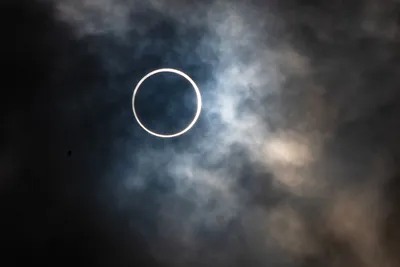
'A Meteoric Rise' features Physics and Astronomy research and education
Take a walk through the stately brick and limestone White Hall, home to the WVU Department of Physics and Astronomy, and you can almost feel it — the electricity of inspired minds. The faculty roster here is impressive even to a lay audience.
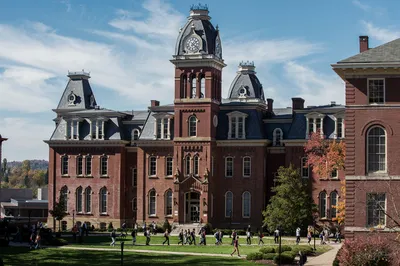
Eight Eberly faculty members recognized for excellence in teaching, research and service
Eight members of the faculty in Eberly College of Arts and Sciences have been recognized for their excellence in teaching, research and service.

Written in the stars: WVU astrophysicists set to receive Shaw Prize, the ‘Nobel of the East’
For Duncan Lorimer and Maura McLaughlin, working at the Arecibo Observatory in Puerto Rico set off a sequence of life events that would include marriage, children, finding a home at West Virginia University, an out-of-this-world scientific discovery and, now, earning a highly prestigious award described as the “Nobel Prize of the East.”
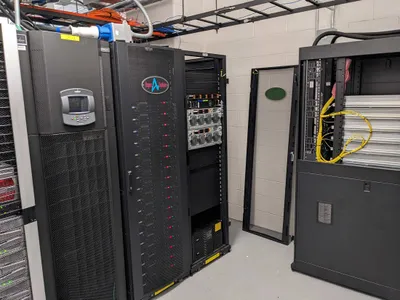
Powerful new GPU computing resources available to researchers across state
Faculty and student researchers at WVU and any other university or college in West Virginia can now request access to the new high performance computing cluster called Dolly Sods.
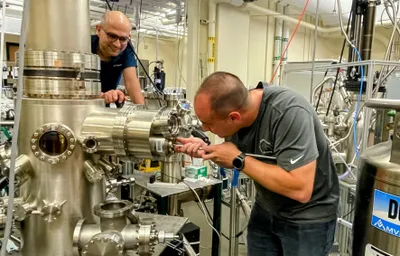
WVU researcher works to fast-track traditional research methods for quantum discoveries
Decades-long searches for new quantum materials may now take much less time, according to a West Virginia University researcher who is speeding up the tedious process.
WVU researchers team up with AI in the search for advancements in quantum technology
Quantum materials such as giant magnets and superconductors may help in discovering new, faster technologies and energy-efficient electrical systems.
Simulating WVU’s quantum future
MORGANTOWN, W.Va. – A West Virginia University researcher will lead a group of students in developing emerging quantum technologies, thanks to $598,000 in funding from the Department of Defense.
WVU recognizes three Eberly faculty members with 2023 Foundation Outstanding Teaching Awards
Each spring, West Virginia University recognizes faculty members for their exceptional and innovative teaching. This year, every faculty member selected for the 2023 WVU Foundation Awards for Outstanding Teaching is from Eberly College:

Eberly staff members receive 2023 Outstanding Staff Award
Miranda Heitz and Barb Reiprich have been named 2023 recipients of the Eberly College of Arts and Science Outstanding Staff Award.
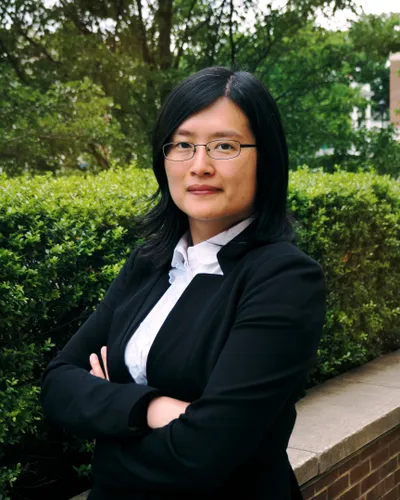
Tu named 2022-23 Benedum Distinguished Scholar
Weichao Tu, associate professor of space physics, is among three WVU faculty members selected as 2022-23 Benedum Distinguished Scholars in recognition of the high caliber of their research and scholarly activity.
